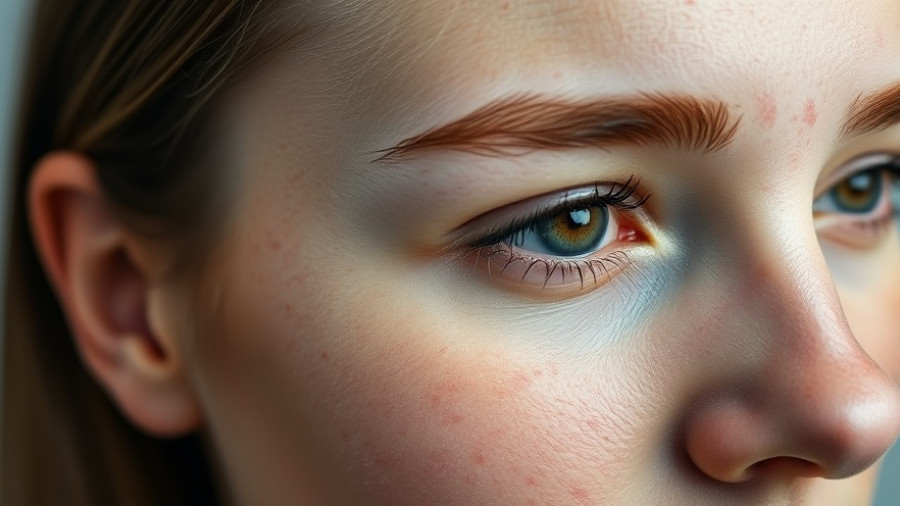
Understanding Retinol: Your Guide to Radiant Skin
Have you been contemplating diving into the world of retinol? If the idea of achieving clearer skin and reducing aging signs excites you, then let’s explore this powerful skincare ingredient. Known for its ability to improve skin texture, tone, and firmness, retinol may seem like the ultimate solution. Yet, it’s essential to understand the nuances of retinol before incorporating it into your routine, especially if you're prone to dryness, irritation, or breakouts.
In 'Thinking About Using Retinol? WATCH THIS FIRST | Dermatologist Tips', the discussion delves into the essential knowledge about retinol, shedding light on common concerns and best practices for achieving optimum skin health.
What Is Retinol and How Does It Work?
Retinol is a vitamin A derivative, representing a range of products designed to rejuvenate skin. While prescription retinoids are available, over-the-counter options (like retinol and retinaldehyde) offer gentler pathways to skin enhancement. Both forms help stimulate collagen production and promote skin regeneration, benefiting those dealing with acne, uneven skin tone, or signs of aging.
Know Your Skin: Is Retinol Right for You?
Before jumping in, it’s crucial to assess whether retinol aligns with your skin's needs. This ingredient is fantastic for individuals battling acne and fine lines, but caution is advised for those with sensitive skin or conditions like rosacea. On the flip side, pregnant women should steer clear of retinol, as it carries potential risks to an unborn child.
Preparing Your Skin for Retinol
One of the best tips for retinol success? Prepping your skin! Start with a clean, hydrated canvas by using gentle moisturizers and reducing exfoliating products a few weeks prior. This way, you can avoid excessive dryness and irritation when retinol is introduced.
The Application Process: A Step-by-Step Guide
When you finally decide to apply retinol, do so on dry skin—this reduces the likelihood of irritation. A pea-sized amount is all you need. Over-application won't yield faster results; instead, it may lead to discomfort. For best results, consider the "moisture sandwich" method: apply moisturizer first, layer on retinol, and seal with more moisturizer.
Integrating Retinol into Your Routine
Start slowly! Try using it every other night and gradually increase frequency as your skin adjusts. Many find success with this approach, as it helps mitigate common side effects such as flaking and redness. Remember, while it may be tempting to rush your results, patience is key with retinol.
Clarifying Misconceptions: Purging vs. Irritation
A common myth is that using retinol causes skin to purge, leading to more breakouts. A true purge lasts only a couple of weeks. If you find that irritation persists beyond this timeframe, it may be time to reassess your approach or reduce frequency.
Sun Protection Is Your Best Friend
Even though retinol doesn’t make your skin more sensitive to the sun, it’s crucial to wear sunscreen daily. The powerful effects of retinol can be diluted by unprotected sun exposure, which accelerates skin aging. Sunscreen not only complements retinol’s benefits but also protects your skin from the elements.
Final Thoughts: Embrace the Journey for Radiant Skin
In summary, using retinol can significantly contribute to your skin's health and appearance, leading to glowing, youthful results. Whether you’re looking for anti-aging benefits or treating acne, it’s a journey worth considering with the right knowledge. If you're in the Gig Harbor area and seeking personalized advice or professional treatments, don’t hesitate to explore local medspas and their aesthetic services for comprehensive skincare solutions.
 Add Row
Add Row  Add
Add 




Write A Comment